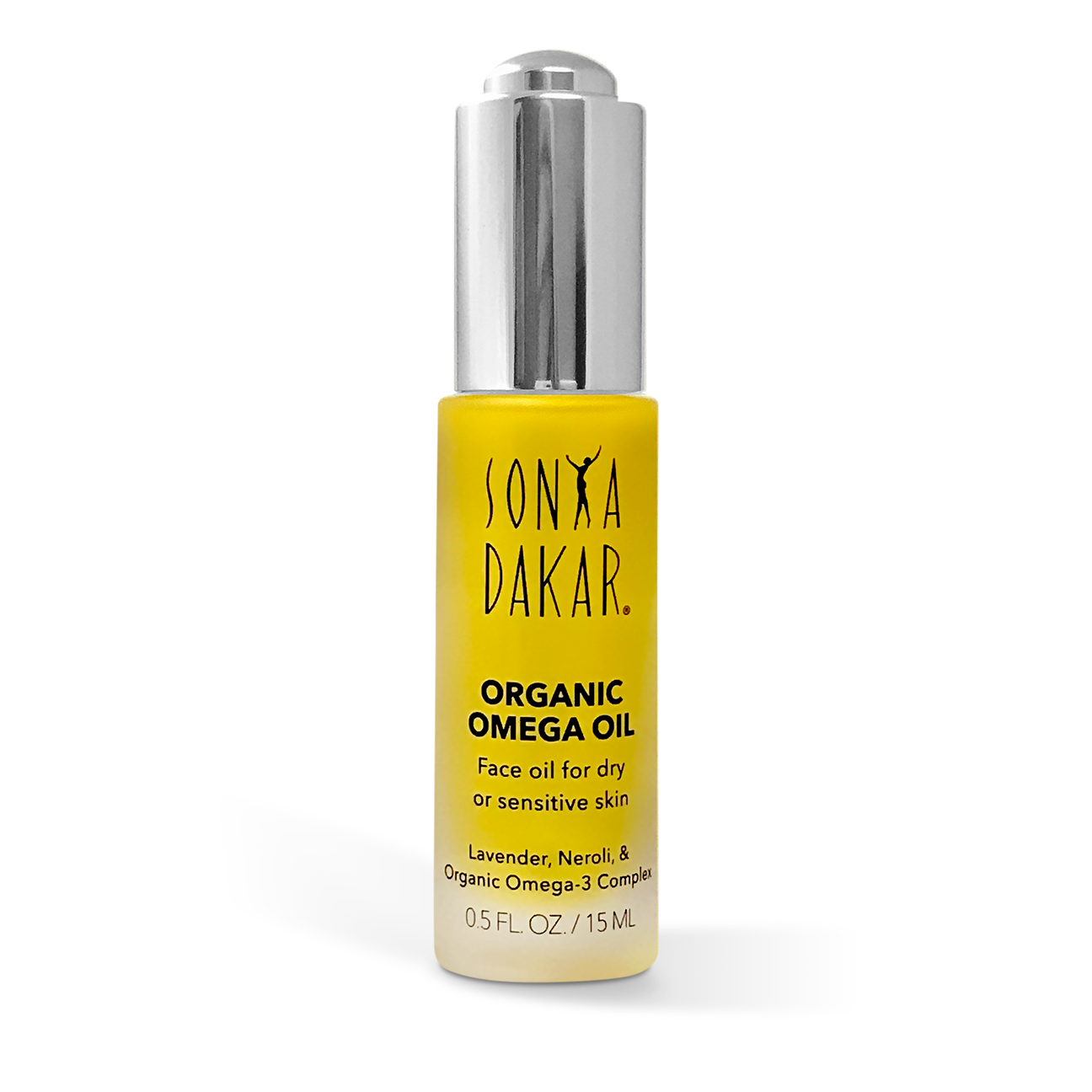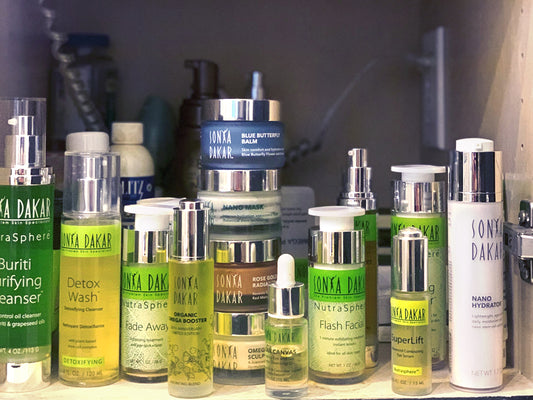
What Is My Skin Type?
The key to an effective skincare routine starts with answering the question “What is my Skin Type?”. With so many products to choose from and so much information available, it’s easy to get lost chasing trends that don’t work for your needs. Keep reading to learn about the 5 Skin Types and 3 ways to identify your skin type, which will help you create a perfect, personalized skincare routine.
The 5 Skin Types
Oily Skin is the most visible skin type. Excess oil production is common and nothing to be concerned about. If you find that your skin is “shiny” or even greasy, that might merit a focus on products that help cleanse and balance your skin. Oily skin can be a little more prone to blemishes, which are typically best treated by keeping your skin clean.
Dry Skin is usually characterized by little to no measurable oil production. Common symptoms of dry skin also include cracking, peeling, and general tightness.
Acne-Prone skin can exist across multiple skin types but is worth considering as a separate topic. The presence of multiple blemishes or heavily irritated acne can and should be treated by specific skincare products and routines developed to counter those needs. Many blemish-fighting products are created for multiple skin types. If you think you have acne-prone skin, we recommend reading more about those issues and how to address them in our post, Why is My Face Breaking Out?
Sensitive Skin is most commonly characterized by redness, irritation, or reactions to common skincare products. Sensitive skin needs more care and attention to ingredients. Read some key tips on caring for sensitive skin.
Combination Skin can be any combination of the above. If your skin is oily in parts or dry in parts, that likely indicates combination skin. It is totally normal to have oily skin and sensitivity, or dry skin and breakouts. Your skin is unique and has unique needs.
3 Ways to Help You Figure Out “What is My Skin Type”
The Tissue Test
The easiest way to understand your skin type is through oil. Oil is good for your skin! It’s a natural product of the body and some oil is healthy for maintaining skin tone and texture. While too much oil can result in blemishes, too little oil can lead to irritation and premature aging.
We use a simple Tissue Test to gauge oil production:
- Wash your face and dry thoroughly.
- Leave it alone for 20 minutes. Don’t add any product.
- Take a tissue and press it to your T Area, which includes the bridge of your nose and your forehead, especially paying attention to in between your eyebrows.
- Apply a new tissue to your cheeks, pressing along your cheekbones and down to your jawline.
Look for signs of oil in both. If you see oil on both tissues, that likely means you have oily skin. If you see no oil on either, you probably have dry skin. If oil is present on only one tissue, you likely have combination skin. Once you’ve identified your skin type, check for elasticity and signs of aging with the Pencil Test.
The Pencil Test
Beyond knowing your skin type, you should also assess elasticity, or how your skin bounces back. Gently but firmly press the blunt end of a pencil or pen into your cheek. Look in the mirror at the area around the indentation for fine lines or circles. These are signs of aging and dehydration. In addition to drinking more water, you should also look for products that moisturize and hydrate. Remove the pen or pencil and watch how your skin rebounds. If your skin still shows a demarcation, it shows low elasticity and should look for anti-aging products, regardless of your age.
The Feel Test
While your face is clean, take a moment to “feel” your skin. Make a face and pay attention to any feelings or tightness, pulling, or cracking. Look in the mirror and watch for signs of redness, irritation, or discoloration. Tightness is a common symptom of dry skin, while irritation or redness usually reveals sensitive skin concerns, including rosacea. If your skin feels normal or oily, your skin type likely corresponds.
Skin types change over the course of time, as well as with seasonal and environmental changes. Weather, hormones, medications, water consumption, and even air quality can make a big difference in your skin type. We recommend checking in with your skin every three months to see how your needs change over time and make any adjustments to your skincare routine.
For example, you might find your skin is drier during the winter and more oily during the summer. While your core routine may remain the same, you might find that a toner is helpful in the summer while your skin craves a hydrating moisturizer or balm in the winter. By better understanding your skin, you can make informed decisions about the products you purchase and how to best take care of your unique skin type.




